ACTIVITY
Te mana o te wai
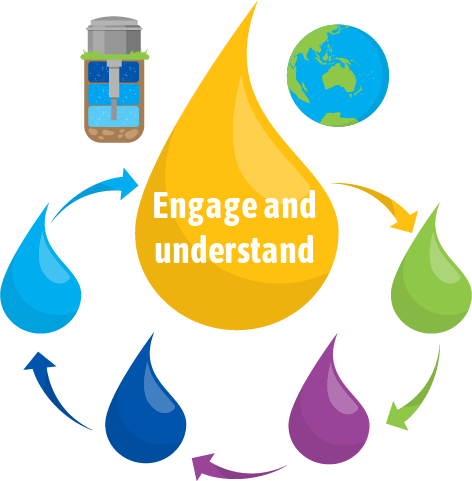
Curriculum links : Levels 3-4
Nature of Science: Communicating in science;
Engage with Science
Social Sciences: Social Studies
English: Reading and Writing
Activity Idea
In this activity, students explore the concept of te mana o te wai and mauri (the dynamic life force energy).
By the end of this activity, students should be able to:
- use an interactive organiser to sort statements according to personal values and views
- explain what is meant by te mana o te wai
- describe the concept of mauri
- reflect on their personal values around water and te mana o te wai.
What you need
- Te mana o te wai Activity 3 doc
- Ministry for the Environment video – Te mana o te wai
- Water New Zealand poster – Te mana o te wai
- Access to the interactive graphic organiser Water views and values: true or false or the paper-based graphic organiser Water views and values: true or false.
FOR TEACHERS
Introduction
Te mana o te wai describes the first right for water being with the water – rivers, lakes and streams as well as the ocean. After human water uses, there must be enough natural flow remaining to keep the rivers functioning as they should for our endemic animals and to enable essential natural processes to occur. The health and wellbeing of water is of vital importance for all living things and must come before other concerns.
“Te Mana o te Wai is a concept that refers to the fundamental importance of water and recognises that protecting the health of freshwater protects the health and wellbeing of the wider environment. It protects the mauri of the wai. Te Mana o te Wai is about restoring and preserving the balance between the water, the wider environment, and the community.” National Policy Statement for Freshwater Management, 2020.
Mauri
Mauri is dynamic life force energy. As part of a living system, water has its own mauri. Some students may have witnessed or felt mauri in the force and power of a swiftly flowing river or the stillness of a pool. Water is a taonga to Māori. The health of iwi is considered to be closely linked with the health of their local water. Use the interactive Wai Māori to explore values and connections between iwi, wai and awa and the work of Waikato Māori to look after their taonga.
Views and values relating to water
Values are people’s deeply held beliefs. We all have unique views and values that can influence our use of water and our actions. Prior to conducting this activity, teachers may find it useful to read the article Managing classroom discussions. It provides helpful tips for creating a positive climate for discussion.
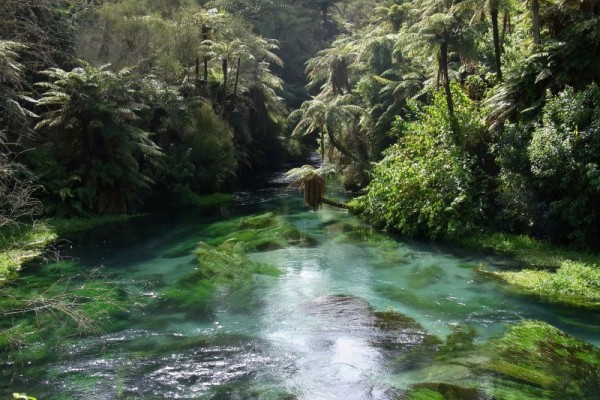
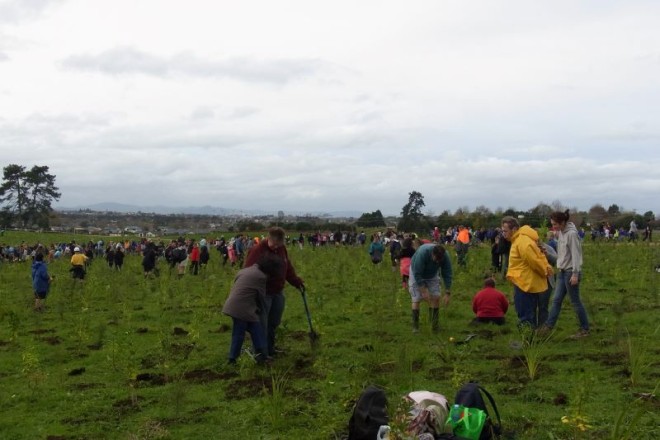
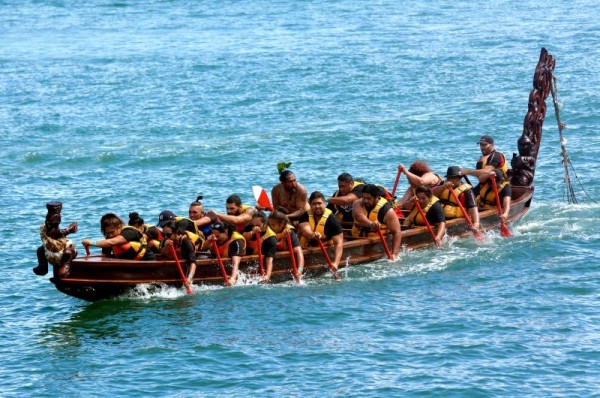
Connecting with awa
If possible, visit a local awa/river, stream or roto/lake that your ākonga have a connection to.
Spend time beside the water body and, if possible, interact with the water. Use your senses (sight, touch and hearing) to explore the awa. Discuss what mauri is and how it connects living things, non-living things and the environment.
Ko au te awa, ko te awa ko au. I am the river, and the river is me.
Imagine that you are a water droplet within the awa. Think about the following:
- What connections do you have?
- What can you see/hear/feel/touch?
- Where are you coming from and where are you going? Consider the water cycle.
Pūrākau, waiata, stories, songs
Share pūrākau, waiata, poems or stories from your whānau, iwi or relatives that relate to water or water features. Songs, poems and stories could be from a variety of cultural origins. Explore the similarities in the cultural understandings of water. If you have an existing relationship with local iwi, invite local kaumātua to share their perspectives and mātauranga Māori around freshwater and local water features. Which awa do you feel a strong connection with? Create a song or poem about how it makes you feel. An example is River swimming (School Journal level 3 2018).
If the river/awa or lake/roto could talk, what would it say to you? What stories could the awa tell? Try some narrative creative writing or poetry describing your thoughts.
Te mana o te wai and water values
Explore te mana o te wai with these resources and discuss what te mana o te wai means:
- Ministry for the Environment video Te Mana o te wai
- Science Learning Hub article Te mana o te awa
- Water New Zealand poster Te Mana o te Wai
Whakataukī, stories and awa
There are many whakataukī about rivers/streams and water. The following whakataukī refers to the Waikato River or the surrounding region.
Ko Waikato te awa - Waikato is the river
Ko Taupiri te maunga - Taupiri is the mountain
Ko Te Wherowhero te tangata - Te Wherowhero is the chief
Waikato Taniwha rau - Waikato of a hundred chiefs
He piko, he taniwha - At every bend, a chief
Exploring our personal views and values relating to water
Use the online or paper-based version of the graphic organiser Water views and values: true or false. Before beginning, set the tone for a safe, judgement-free space for inquiry and discussion.
After the exercise, have the class discuss the activity:
- Share and discuss statements that you thought were non-negotiably true.
- Share statements that you thought were non-negotiably false.
- Which statements were difficult to place?
- Which statements are connected to te mana o te wai?
- Which statements do you think were probably true in the past but are no longer true?
Reflecting on learning
- Reflect on what mauri and te mana o te wai mean to you.
- Summarise your personal views and values about water and share with a classmate
- Do you think our water-related values change? What could lead to a change in values?
This activity is part of a suite of resources that support Smart Water - a context for learning, which provides students and teachers with opportunities to connect with water and learn more about drinking water in the Waikato region.
The science and mātauranga concepts that underpin Smart Water are transferable to other locations in Aotearoa New Zealand. Smart Water is a partnership between Hamilton City Council, Waipā District Council and Waitomo District Council. It aims to foster a greater understanding and appreciation of water from source to tap and supports schools, organisations and communities to use water sustainably.
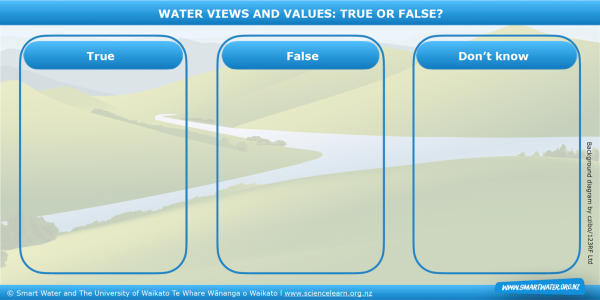
Water views and values - true or false
Cut out the statements and place them on the graphic organiser according to your values and views. There are no right or wrong answers.
|
Water is a resource for us to use however we wish |
Awa/rivers are living beings |
All water is connected: ki uta ki tai (from mountains to sea) |
|
Our local awa are filled with clean, healthy water |
People's needs are more important than the needs of animals and water |
Rivers/awa are places to dispose of our rubbish and waste |
|
The first right to water is with the water: its wellbeing comes first |
This generation is more important than past or future generations |
We all have a responsibility to look after awa/rivers |
|
Awa/rivers are homes for many native animals |
Rivers are suitable places to fish and gather food (mahinga kai) |
There should be enough water left in an awa/river for it to be healthy |
|
Awa/rivers are often unpleasant and dirty |
The ocean is more important than awa/rivers |
Water is a taonga |